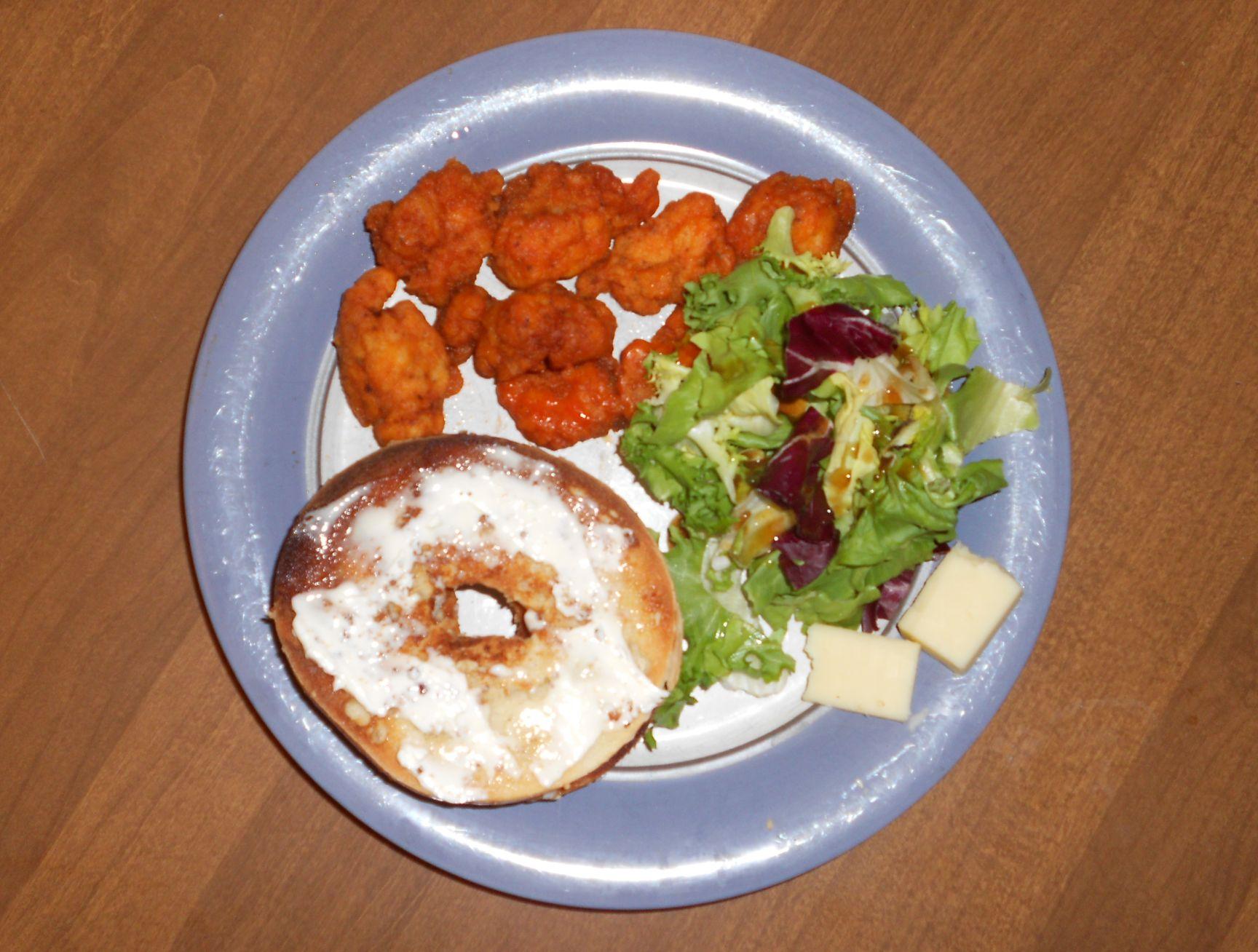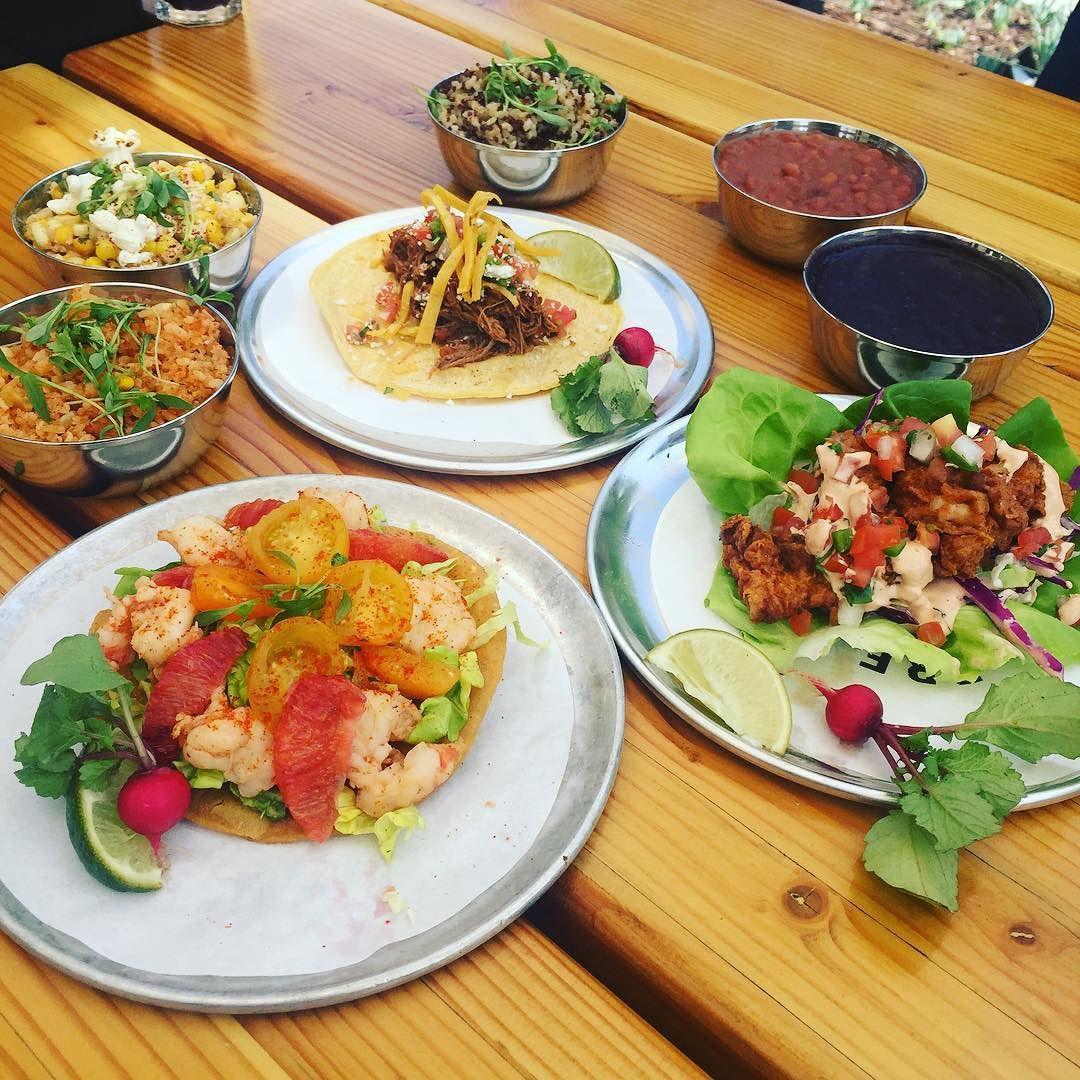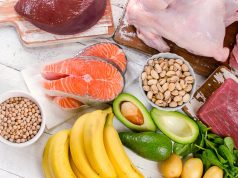Embarking on a weight loss journey can often feel overwhelming, especially when it comes to figuring out how to plan balanced meals that support your goals. You’re not alone in this endeavor; many people find themselves unsure of where to start or how to maintain a healthy eating plan without feeling deprived. The good news is that achieving a well-balanced diet doesn’t have to be complicated or restrictive. In this article, we’ll guide you through practical and compassionate steps to create meals that not only nourish your body but also keep your weight loss efforts on track. With a focus on sustainability and satisfaction, we’ll explore how to incorporate a variety of nutrients, flavors, and textures into your meals, helping you build a healthier relationship with food along the way.
Understanding Nutritional Needs for Effective Weight Loss
Embarking on a weight loss journey requires a nuanced understanding of nutritional needs. It’s not just about reducing calories but ensuring your body receives the essential nutrients it needs to function optimally. A balanced meal plan should focus on a harmonious blend of macronutrients and micronutrients, tailored to support your health goals.
- Protein: Vital for muscle repair and growth, protein should be a cornerstone of your meals. Incorporate sources like lean meats, legumes, and tofu to help you feel fuller longer.
- Healthy Fats: Don’t shy away from fats; instead, opt for healthy options like avocados, nuts, and olive oil. These fats support brain health and hormone regulation.
- Complex Carbohydrates: Choose whole grains, fruits, and vegetables to provide sustained energy and fiber, which aids in digestion and keeps you satiated.
| Nutrient | Recommended Source | Benefits |
|---|---|---|
| Protein | Chicken Breast | Muscle Maintenance |
| Healthy Fats | Avocado | Heart Health |
| Carbohydrates | Quinoa | Energy & Fiber |
Remember, the key is balance. It’s essential to listen to your body’s signals and adjust your dietary choices accordingly. Everyone’s nutritional needs are unique, and finding what works best for you is crucial to achieving and maintaining a healthy weight. Take the time to experiment with different foods and cooking methods to create a sustainable eating plan that you enjoy and can adhere to in the long run.

Crafting a Balanced Plate with Essential Macronutrients
Creating a meal that supports weight loss while ensuring you get all necessary nutrients can be a delicate balance. The key is to focus on the three essential macronutrients: proteins, carbohydrates, and fats. Each plays a crucial role in your body’s functioning and can aid in achieving your weight loss goals when consumed in the right proportions.
- Proteins: Essential for muscle repair and growth, proteins help you feel fuller longer, reducing the urge to snack. Incorporate lean meats, fish, eggs, and plant-based options like lentils and beans.
- Carbohydrates: Opt for complex carbs that provide sustained energy. Whole grains, vegetables, and fruits should be your go-to choices.
- Fats: Don’t shy away from healthy fats, as they are vital for brain health and hormone production. Avocados, nuts, seeds, and olive oil are excellent sources.
| Macronutrient | Recommended Sources | Benefits |
|---|---|---|
| Proteins | Chicken, Tofu, Quinoa | Muscle growth, Satiety |
| Carbohydrates | Brown Rice, Sweet Potatoes | Energy, Digestion |
| Fats | Almonds, Flaxseeds | Brain health, Hormone balance |
To construct a balanced plate, aim for half of your plate to be filled with vegetables and fruits, a quarter with proteins, and the remaining quarter with whole grains or starchy vegetables. Remember, mindful eating and portion control are your allies on this journey. Listen to your body’s hunger cues and enjoy each meal as a nourishing experience.

Incorporating Variety and Portion Control for Sustained Success
When aiming for weight loss, maintaining a variety of foods in your diet is not just beneficial for nutrition but also keeps meals exciting and satisfying. Embrace colorful fruits and vegetables, lean proteins, whole grains, and healthy fats. These not only provide essential nutrients but also cater to diverse taste preferences, making it easier to stick to your meal plan. By rotating your food choices, you avoid monotony and ensure a broad spectrum of vitamins and minerals.
Portion control is crucial for managing calorie intake without feeling deprived. Start by using smaller plates to naturally limit portions, and pay attention to serving sizes. Here’s a simple guide to portion control:
- Proteins: About the size of your palm.
- Carbohydrates: Roughly the size of your fist.
- Vegetables: Two handfuls.
- Fats: A thumb-sized portion.
To help visualize this, consider the following meal example:
| Food Group | Example Portion |
|---|---|
| Protein | Grilled chicken breast (1 palm) |
| Carbohydrate | Quinoa (1 fist) |
| Vegetables | Mixed greens salad (2 handfuls) |
| Fats | Avocado slices (1 thumb) |
Remember, achieving your weight loss goals is a journey, and finding the right balance of variety and portion control is a significant step towards success. By making mindful choices and enjoying diverse foods in appropriate amounts, you foster a sustainable and enjoyable eating pattern.

Practical Tips for Meal Planning and Grocery Shopping
Embarking on a weight loss journey requires a well-thought-out strategy for meal planning and grocery shopping. It’s not just about reducing calories but ensuring each meal is balanced and satisfying. Here are some practical tips to help you stay on track:
- Plan Ahead: Dedicate a day to plan your meals for the week. This reduces the temptation to opt for quick, unhealthy options. Use a meal planner to outline breakfast, lunch, dinner, and snacks. Consider incorporating a variety of proteins, whole grains, and plenty of vegetables.
- Create a Grocery List: Once your meals are planned, create a detailed shopping list. This prevents impulse buying and helps you stick to your nutritional goals. Group items by category (e.g., produce, dairy, pantry) to make shopping efficient.
- Focus on Nutrient Density: Choose foods that offer more nutrients per calorie. Think leafy greens, colorful vegetables, lean proteins, and healthy fats. Avoid processed foods and added sugars which can derail your weight loss efforts.
Understanding portion sizes and nutritional values can also aid in meal planning. Here’s a quick guide to help you with serving sizes for common foods:
| Food Item | Serving Size | Calories |
|---|---|---|
| Chicken Breast | 3 oz | 140 |
| Brown Rice | 1/2 cup | 110 |
| Broccoli | 1 cup | 55 |
| Avocado | 1/2 medium | 120 |
By following these steps, you can make grocery shopping and meal planning a seamless part of your routine, helping you achieve your weight loss goals without feeling deprived.








































